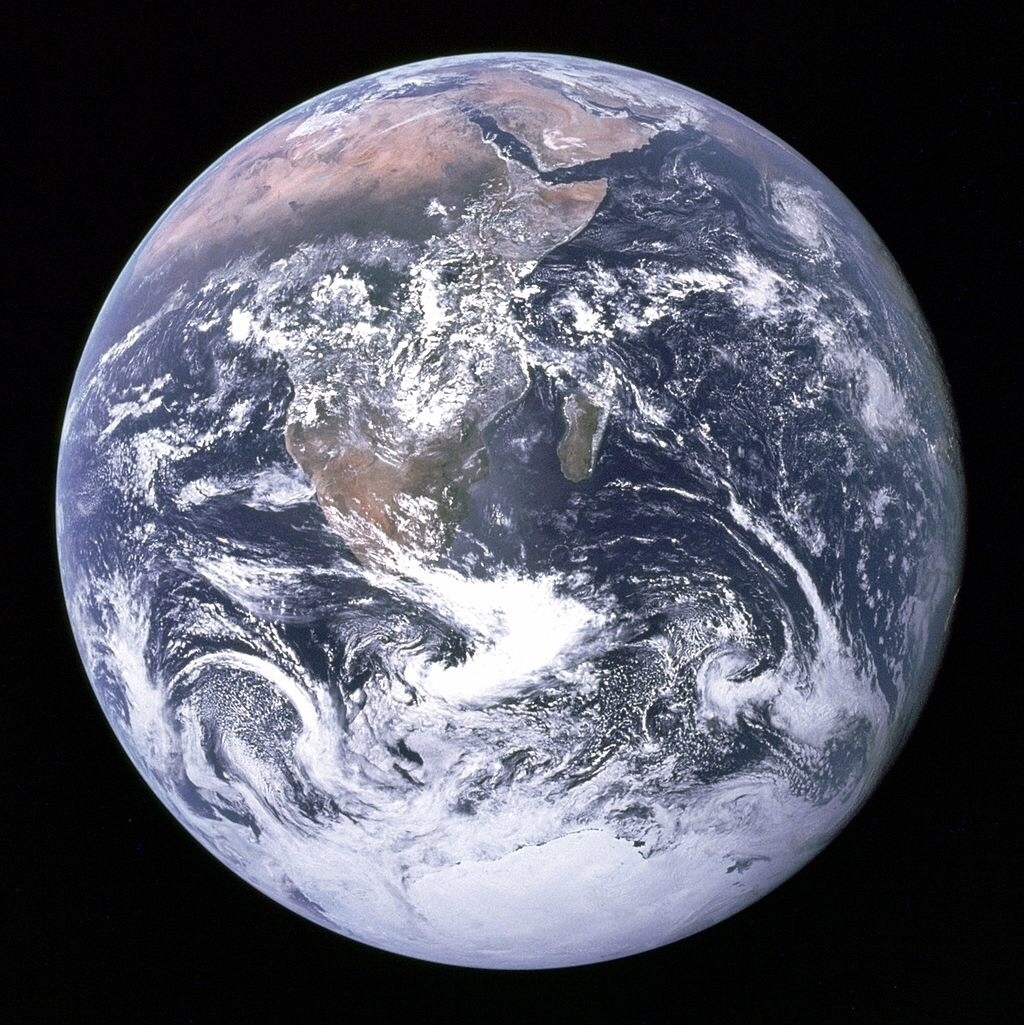Precarious
As is my usual routine I took my dog Cosmo out for our walk to the mailbox yesterday. Along the way I had a thought about the precariousness of our existence on Earth. We live in this sort of illusion as our daily life is wrapped in an assumption of stability. For the most part our human brains encounter the same environment everyday. Most of us wake up in the morning and are active during the day. The light from our sun scatters in our atmosphere, heating and lighting and otherwise presenting a world around us that seems stable. Somedays are cloudy, others sunny, often a mix of the two. As we go about our days we see a mix of human and non-human species, natural and human environments. We eat and breath, work, play, and talk.

But our life on this planet exists on the thinnest of onion skins. The biosphere of our planet, the zone in which all life happens is remarkably thin. While the actual thickness of the biosphere is not easily measured it generally falls within a range of 6.5 miles. At the highest we have birds flying as high as 1.1 mile and at the depth we have fish 5.2 miles below the water. There are examples of higher flying birds and deeper dwelling organisms but they are exceptions to the general. The diameter of the earth is 7,918 miles. The radius is 3,959 miles. Almost all life on our planet lives on the outer 6.5 miles of that.
As an amateur astronomer I’ve spent a good bit of time viewing and contemplating space and distance. For all of the beauty of the stars in the night sky, space is mostly empty. The space between stars is vast. The space between galaxies even more so. If we just turn our attention to our own solar system and what exists here well, again, it’s mostly empty space. Our Sun makes up 99.86% of the matter in our solar system. Our Earth, though it is the densest planet in the solar system, is only the tiniest proportion of the mass of our solar system. It barely registers. On the scale of our solar system our Earth is merely a tiny point separated from the sun and other planets by vast distances. To get a sense of it watch this amazing video by Wylie Overstreet in which three guys drove out to the desert of Nevada with a to-scale model to demonstrate the spacing of our solar system.
Our lived experience, our world, is just a precarious, thin layer on what amounts to a very tiny planet. On a clear, dark night I can lookup and see several thousand stars with my naked eyes. In remote locations such as mine there is little light pollution and the atmosphere disappears. It is in this star-lit darkness that I can begin to experience the Earth as a space ship of sorts. It really is a living space ship. In our orbit around the sun we move through space at 67,000 miles per hour. But remember, our solar system is also moving around the center of the Milky Way galaxy at 490,000 miles per hour. Of course we don’t see it or feel it directly but it is happening nonetheless.
Life on Earth is precarious. It’s stability is not permanent. Our sense of day-to-day continuity is something we’re used to and something we assume will continue. I’d suggest that if more people had a better sense of how it all works, had a better sense of just how thin the envelope of safety is, perhaps they might be more inclined to take seriously the warning of science regarding climate change, habitat loss and other aspects of biosphere stability. It’s too late to stop much of what we’ve set in motion but if we don’t make real change very soon we will experience the worst case scenarios.